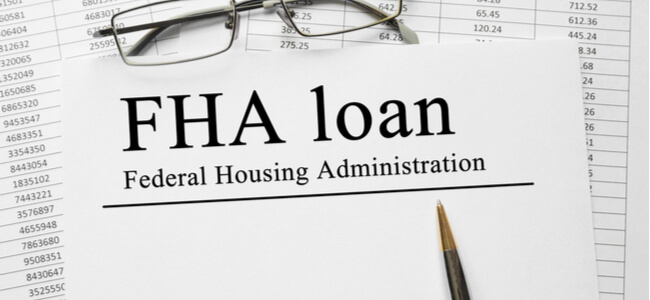When Is It A Good Idea To Refinance Your Mortgage?

A refinanced mortgage involves paying off your existing mortgage and taking out a new one in its place.
Homeowners may use a refinanced mortgage to acquire a lower interest rate, shorten the mortgage term, change the type of mortgage, or to get to equity.
If you’re thinking, “should I refinance my house,” keep reading to learn the relevant criteria that can help you make an informed decision.
To Shorten The Loan's Term
The best opportunity to shorten the term of a loan occurs when interest rates fall. This allows homeowners to reduce the period the loan will be paid off for, without a significant rise in monthly payments.
Let’s look at an example to illustrate when it might be a good idea to refinance in order to shorten a loan term.
A $100,000 home is being paid off with a 30-year fixed mortgage. Refinancing from a 9% interest rate to a rate of 5.5% would shorten the mortgage term in half to 15 years. In addition to cutting the term in half, there would only be a modest rise in monthly payments, from $804.62 to $817.08.
Not all interest rate cuts will see such an agreeable outcome, so it’s essential to do the math and calculate if a home loan refinance that shortens your mortgage term is right for you.
For example, someone who on the same property reduced their rates from 5.5% to 3.5% and halved the term would see monthly payments rise significantly from $568 to $715. You may wish to proceed if your financial situation has improved and you intend to pay off your mortgage quicker.
To Convert To Another Rate
A key reason to refinance a mortgage is to help pay lower interest rates. A drop of 2% or more is generally how much of a drop is needed to make a refinance worthwhile.
Let’s look at another example.
The $100,000 home on the fixed-rate mortgage sees its rate reduce from 5.5% to 4.1%. Monthly payments are thus reduced from $568 to $483.
The quicker you pay off a mortgage, the less the outlay on interest. One way to lower mortgage refinance rates is by switching from a fixed-rate to an adjustable-rate mortgage or vice-versa. The former often will offer lower rates initially when compared to fixed-rate mortgages.
However, changes over time can see the rates of an adjustable-rate mortgage rise above the rates of a fixed-rate mortgage. If this occurs, it may be wise to switch mortgages to help regain a stable rate. Switching from fixed-rate to adjustable is an option when interest rates fall, especially if you plan to switch homes within a few years.
To Consolidate Debt Or Access Equity
There are plausible reasons for debt consolidation loans, but those reasons should be approached with caution since they risk a cycle of permanent debt. Refinancing can cover major expenses such as home improvements or a child’s education. The loan may be justified by lower rates, and the mortgage interest is tax-deductible. However, the homeowner usually adds several years to the repayment period.
Refinancing is often used for debt consolidation. The sensible choice may be to replace a high-interest loan with lower-interest mortgage refinance rates, but this isn’t necessarily the best option. It requires discipline to utilize the funds to remove existing debt.
Many who previously accumulated large debts will repeat the cycle, with no benefit from the refinance and lower equity. Refinancing costs between 3-6% of the principal loan, so it’ll take several years until you see true benefits. Don’t consider this option if you plan to change homes in the next few years.
Others may refinance due to a financial emergency, but always research options before proceeding. You may receive higher interest rates with a cash-out compared to a rate-and-term refinance, in which no money is withdrawn.
Read more:
3 Best Reasons For Refinancing Your Car Loan
12 Best US States For Mortgage Refinancing
Bottom Line
Refinancing might be a great financial decision for those who can lower mortgage payments, build equity faster, or make the term of their mortgage shorter. Although, it’s important to keep in mind that there are times when refinancing a mortgage is a bad idea.
When approaching a decision, consider the following:
- When utilized cautiously and used for the right reasons, refinancing can help you gain greater control of your debts
- Before considering a refinance mortgage or not, always assess your individual circumstances and decide if it’s the right move for you
- Refinancing your mortgage with poor credit might not be plausible
- Factors to consider should include any future plans to move house and whether you’ll save money
- Refinancing comes with additional costs and recently bought houses over a certain value won’t be subject to tax deductions






